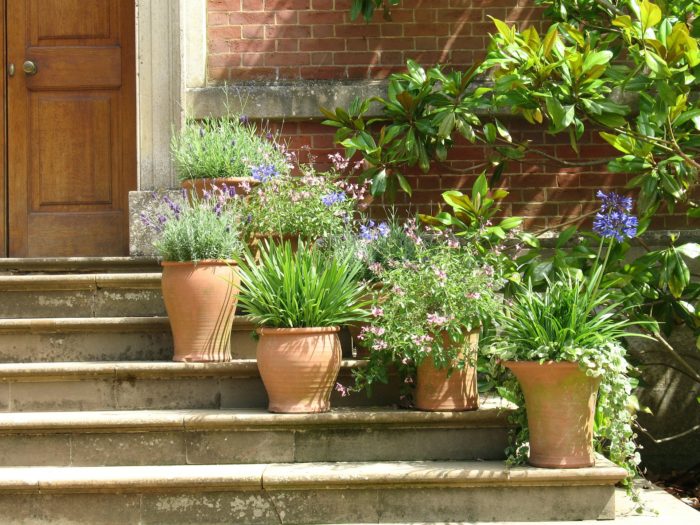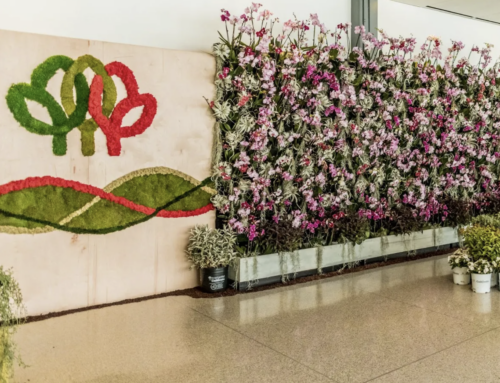Texture is key to designing a beautiful garden. It may sound simple, or obvious, but for some of your customers, that isn’t the case. Show them how to create perfect pairings.
Why is texture important?
As Laura from Garden Answer states in the below video, you don’t want so much grass that your garden looks like a fuzzy blur. You also don’t want to run too far on the opposite end of that. By incorporating variations in texture, you make other aspects of your garden stand out. It’s similar to playing with color. Pairing a variety of red plants won’t make your red rose stand out. Instead, pair green, white or blue blooms for that red rose to pop.
Promote Perfect Pairings
There are several ways you can promote pairings which texturally compliment each other.
- Create beautiful arrangements to get them started
- Highlight plants with displays intended to mirror customers’ gardens
- Blogs, vlogs and social media posts that incorporate inspirational images with tips and tutorials
- Host a seminar or webinar
- Offer custom planning sessions to map out options for customers

Create Labels That Get Customers Thinking
Labels are also an important way to inspire and educate. It’s simple as showing a beautiful image of the plant they’re buying next to other plants that emphasize its texture. Try a booklet-style label for extended content focussed on recommendations. Instead of promoting other plants, use these labels to promote any information you have on your website or social media pages. A QR code is an easy way to link customers to your content in seconds.
Learn about the labeling and automation solutions that Label Gator offers. See how you can save time, money and labor with our Product Guide. Click here to download the guide.
Connect with us on social media!




